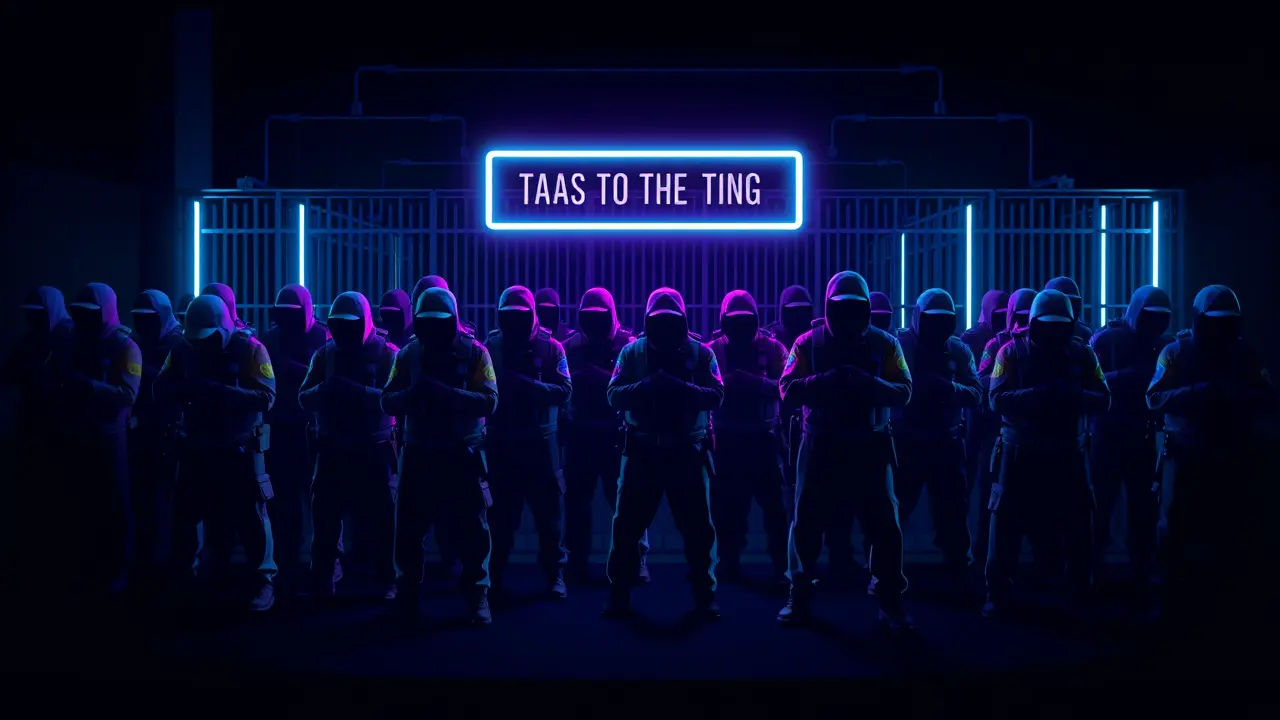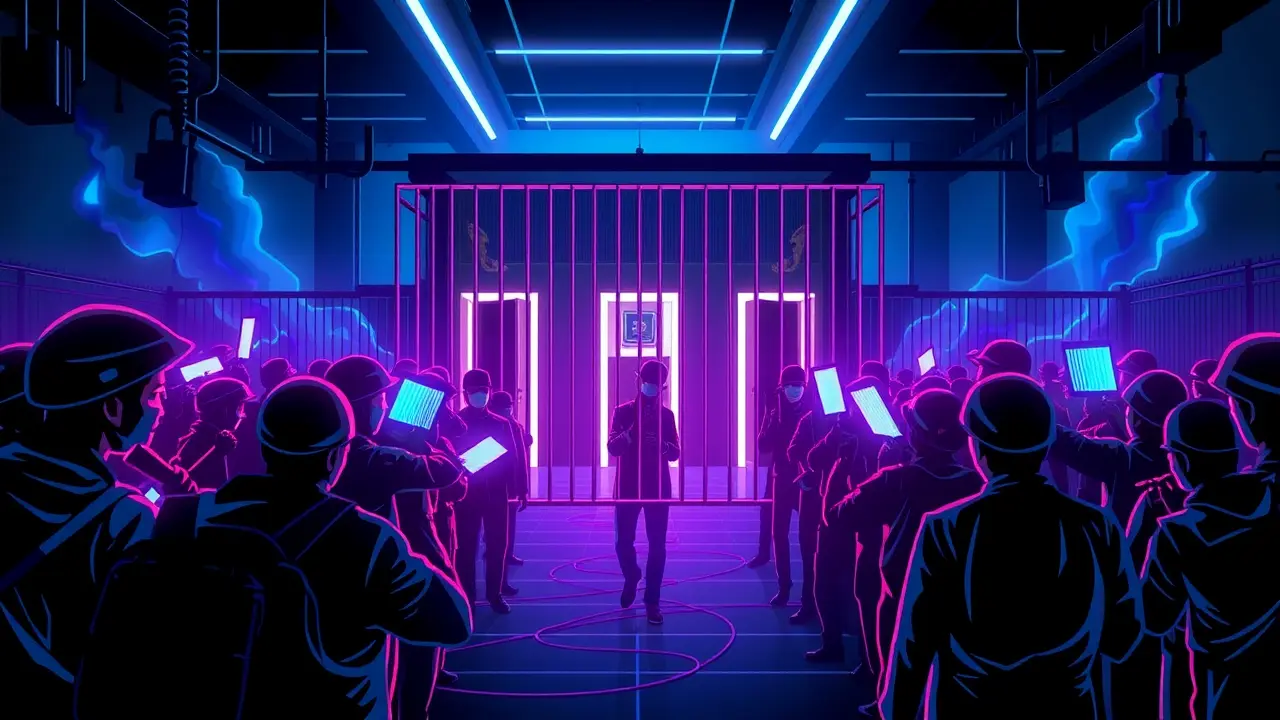
PoliticslegislationEnvironmental Laws
Trump's Anti-Climate Agenda Raises Car Ownership Costs.
RO
Robert Hayes
19 hours ago7 min read5 comments
The American automotive landscape, once a symbol of unbridled industrial might, now finds itself navigating a treacherous regulatory S-curve, a political pendulum swing whose centrifugal force threatens to eject ordinary citizens from the affordability of personal mobility. President Donald Trump’s crusade against what he derides as burdensome environmental oversight, a theme echoing from his grievances over low-flow showerheads to his recent '10-to-1 deregulation' executive order, is producing a starkly counterintuitive outcome: the very consumers he vows to protect are facing a future of heightened ownership costs.This is not merely a debate over tailpipe emissions or the pace of an electric transition; it is a fundamental miscalculation of market dynamics and industrial planning, a scenario with historical parallels to the regulatory chaos of the 1970s that left Detroit gasping. The core of the issue lies in the whiplash inflicted upon a $1.6 trillion industry. The carefully calibrated fuel efficiency and pollution standards established under President Barack Obama, which aimed to harmonize environmental goals with long-term consumer savings at the pump, were systematically loosened by Trump's first administration, only to be reinstated and fortified under President Joe Biden.Now, in his second term, Trump’s EPA is not just rolling back these rules but actively dismantling the legal 'endangerment finding' that empowers it to regulate carbon emissions from vehicles at all. This creates a vacuum of certainty, and in the world of automotive manufacturing—where a new model’s journey from drafting table to dealership is a five-year, multi-billion-dollar odyssey—uncertainty is the most expensive component of all.The Alliance for Automotive Innovation, a trade body representing titans like Ford and Toyota, has explicitly warned the administration that the current rules are 'simply not achievable' amid this policy turbulence, a stark admission that speaks less to technological incapacity and more to strategic paralysis. While the Transportation Secretary, Sean P.Duffy, proclaims these moves will 'lower vehicle costs,' the industry’s own reality is one of duplicated R&D efforts, retooled supply chains, and shelved long-term investments, costs that are inevitably baked into the sticker price of every new vehicle, which has now catastrophically breached the $50,000 average. The financial impact on the American household is a double blow.First, the initial purchase becomes more expensive due to embedded development chaos. Second, and more perniciously, the relaxation of efficiency standards condemns buyers to years of higher fuel expenditures.The average household already spends nearly $3,000 annually on gasoline, and analyses from groups like Energy Innovation project that repealing tailpipe standards could saddle Americans with an extra $310 billion in fuel costs by 2050. Astonishingly, the Trump administration’s own regulatory impact analysis concedes that its actions will lead to increased fuel consumption and, consequently, higher gasoline expenses—a remarkable contradiction of its stated pro-consumer mission.This is not prosperity unleashed; it is a deliberate step backward, locking the nation into a fleet of less efficient, more expensive-to-operate vehicles just as global competitors accelerate into an electric future. Europe is phasing out internal combustion engines entirely by 2035, and China is mastering the production of affordable, popular EVs, leaving American automakers in a precarious position.They must somehow cater to a volatile domestic market while simultaneously developing the advanced, clean vehicles demanded by international regulations, a schizophrenic mandate that saps competitiveness. Figures like Gregory Keoleian of the University of Michigan’s Center for Sustainable Systems warn that this regulatory vacillation is not only setting back decarbonization but actively harming U.S. economic standing and consumer wallets.The irony is profound: a policy agenda ostensibly designed to unshackle industry and save money is, in practice, creating a vortex of inefficiency, raising costs for companies and families alike, and ceding strategic ground in the defining technological shift of the modern automotive era. It is a lesson in how the relentless pursuit of ideological deregulation, divorced from the pragmatic realities of global markets and long-term planning, can achieve the precise opposite of its intended effect, leaving the American driver to foot the bill for years to come.
#Trump administration
#fuel efficiency
#deregulation
#auto industry
#cost of ownership
#environmental policy
#lead focus news
Stay Informed. Act Smarter.
Get weekly highlights, major headlines, and expert insights — then put your knowledge to work in our live prediction markets.
Related News
© 2025 Outpoll Service LTD. All rights reserved.









